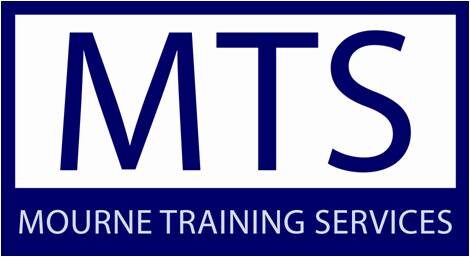Defined as “the lowest amount of analyte in a sample which can be quantitatively determined with suitable precision and accuracy” in ICH Q2(R1), limit of quantitation (or ‘quantitation limit’ in the ICH terminology) is an important method performance characteristic which is typically demonstrated during analytical method validation. Although the concept of limit of quantitation (LOQ) […]
Category: Articles
How Long to Equlibrate an HPLC Column?
This is a question commonly asked by HPLC analysts, particularly those relatively new to the technique. The range of currently available column dimensions means that a ‘one size fits all’ approach is not appropriate. The amount of mobile phase which should be flushed through a column before it is ready to use is usually expressed […]
Replicates in Analytical Methods: When and How Many?
Do you prepare your samples/standards in duplicate without really thinking about it? If challenged on why, would your answer be something like, “it’s good practice, isn’t it?” The use of replicates in analytical procedures is commonplace but it is important to understand why you are doing it and also what the results are telling you. […]
HPLC Autosampler Vials: Dos and Don’ts
The HPLC vial is a seemingly minor component of an HPLC system but it has the potential to create major problems. This is particularly true for quantitative analysis. The following list of dos and don’ts will help you to avoid some of the more common pitfalls. Do: Choose your vial carefully There are many different […]
A Brief Guide to HPLC Instruments
High Performance Liquid Chromatography, or HPLC as it is commonly known, is an important analytical technique used to gain both quantitative and qualitative data for samples produced in a variety of industries such as pharmaceuticals, food products and industrial chemicals. The purpose of this video is to look at the question: ‘What is an HPLC […]
Why are ‘Bio’ Test Methods so Tricky to Validate?
When it comes to validation, analytical test methods used for medicinal products based on biological molecules can be a bit ‘tricky’ to deal with. Coming up with a suitable design for the validation protocol can be quite difficult. In particular, the choice of what parameters to investigate, and the design of the associated experiments. One […]
